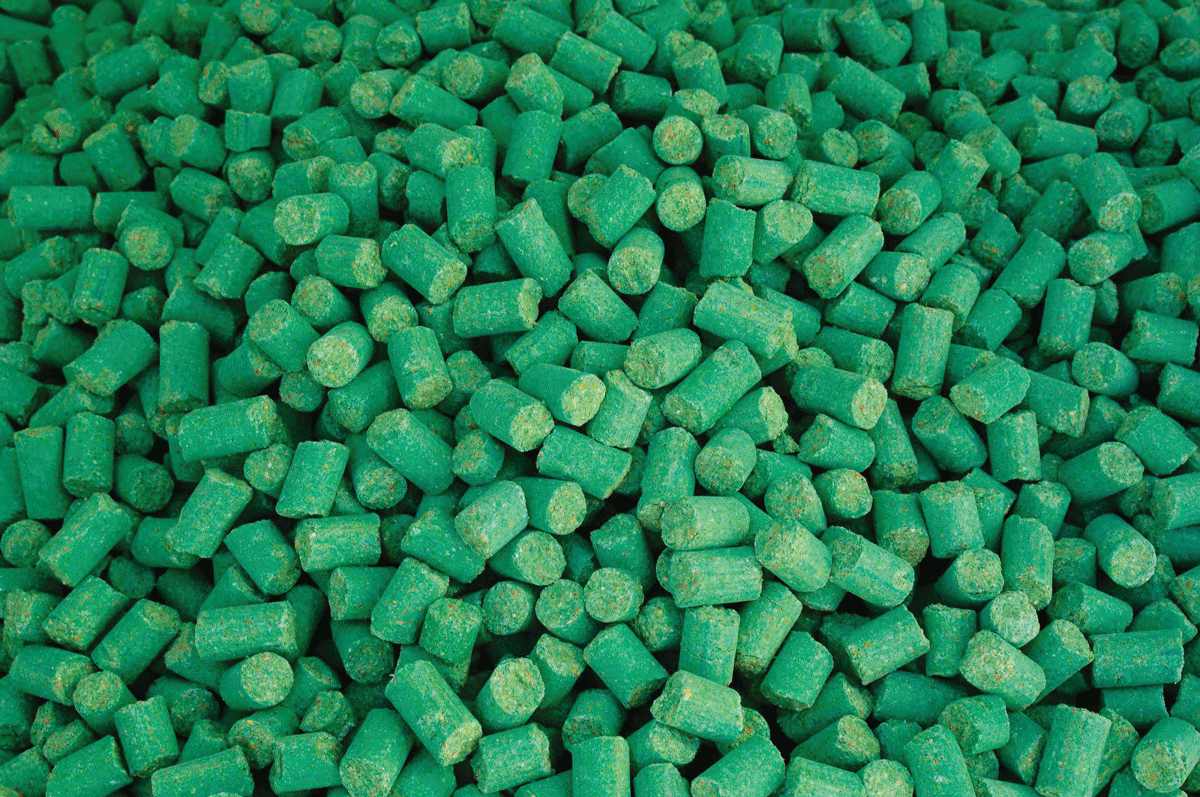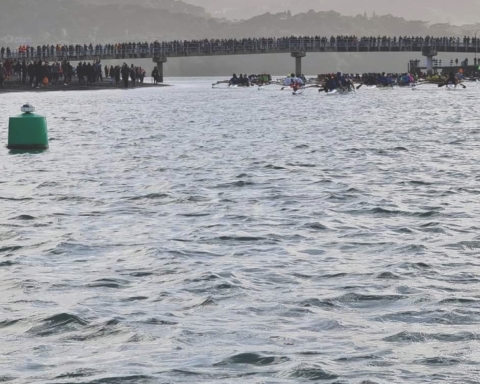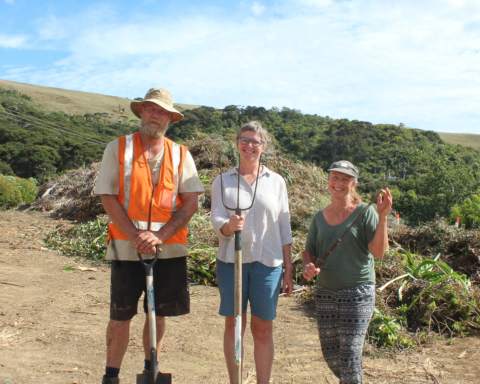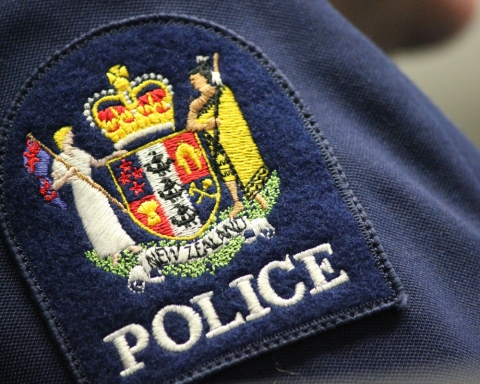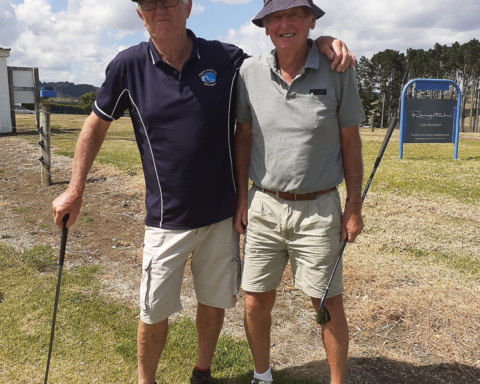A drop of 1080 on Mt Karioi is expected to happen mid-year 2017 to control possum numbers.
Representatives from the Department of Conservation and Waikato Regional Council spoke to Karioi Maunga Project volunteers, who trap rats and mustelids on the mountain to protect the grey-faced petrel, about their intentions at a meeting on Monday night.
Doc is planning an aerial drop over most of the conservation land on the mountain apart from the Wainui Catchment, some 230 hectares, where bait stations will be used in a 100-metre grid pattern.
Doc ranger Cara Hansen said bait stations containing 1080 would be used in the catchment area so that the poison wouldn’t be dropped into the waterways, and trapping would be too labour intensive.
She said DOC, with help from the local hapu, would fill the bait stations just once, and then the community could take over the job if they wanted to continue to control the possums in the catchment area, with DOC support.
The regional council is working with landowners on the fringes of Karioi to also do a ground control operation using bait stations.
Andrew Styche, of DOC’s Waikato Conservancy, said aerial drops were made on the mountain every six years in order to prevent possums from completely destroying the forest. It was a minimum effort but that was all the conservancy could afford, as it did not consider Karioi to be particularly significant and it had a limited budget.
“We want to keep working on Karioi because the community has invested so much into it,” he told the volunteer trappers.
Possum numbers on Karioi were now at residual trap rates of about 10 per of cent, which was the level that you would start to see a decline in birdlife.
1080 also kills rats and the stoats that feed off poisoned animals.
“For one year in every six years birds get a break from predation.”
Mr Styche said 1080 drops of today were not like in the old days, when posion would rain from the skies.
“We use such a low amount of bait now that you don’t even see the drop.”
He said the amount of poison used was the least amount required to target possums and stoats, and could be as much as about 1 pellet every 12 square metres. “The chance of being hit by one is really low.”
“You might put some birds at risk… the more bait you use the more birds are at risk.”
He said it was unsure whether birds were killed by eating the poison directly or by feeding off insects that had eaten the poison.
Eels, trout, kora and pigs were able to metabolise the poison, but people should still not eat from any animal on the mountain for about four months, as a precaution.
“There is nothing better than 1080 to do the job.”
Mr Styche said for now 1080 was a sustainable option but work was always being done to look at other methods of pest control.
He told the Karioi Maunga volunteers that “hopefully”, after the drop, they would not catch anything in their traps for a few months.
Inger Vos

